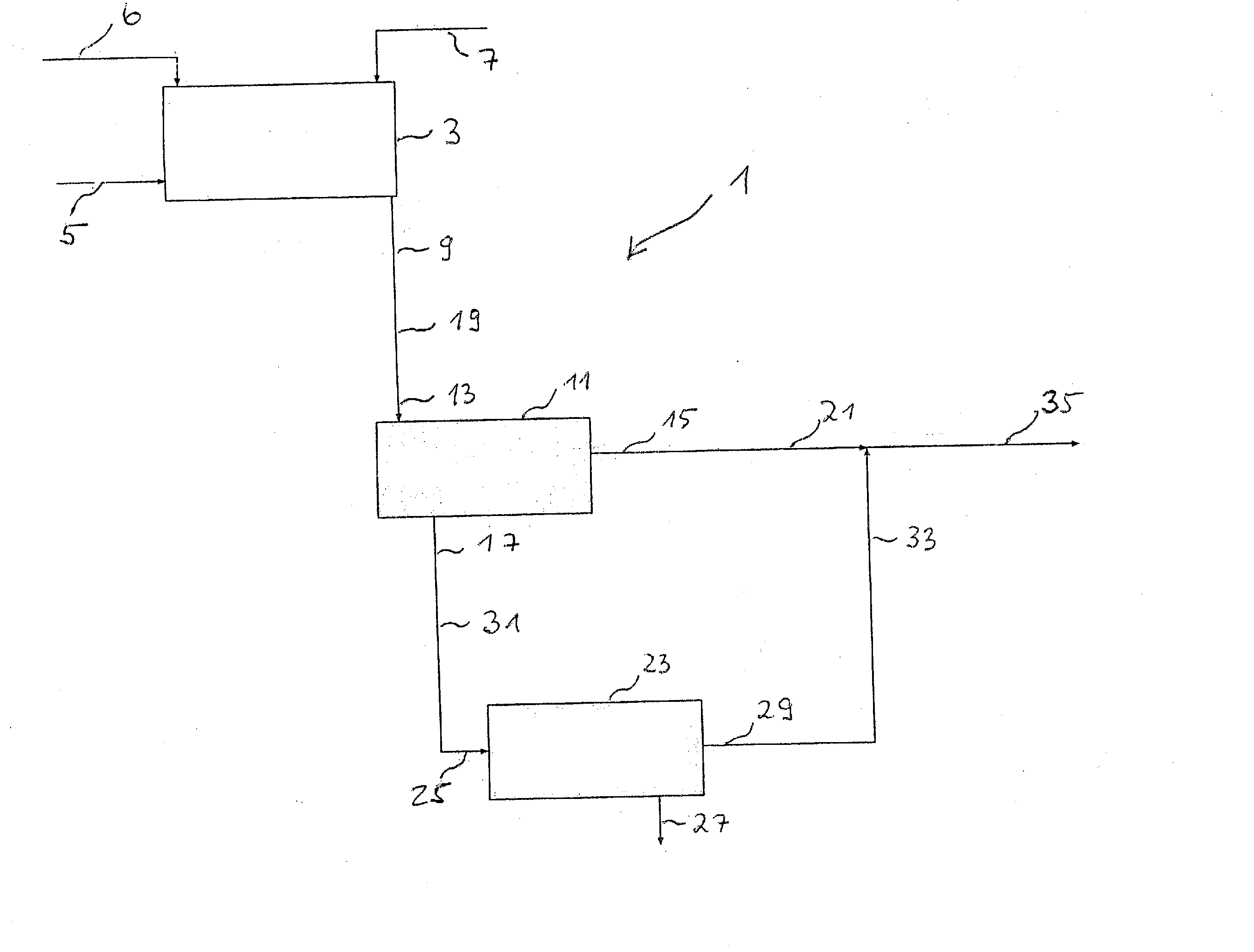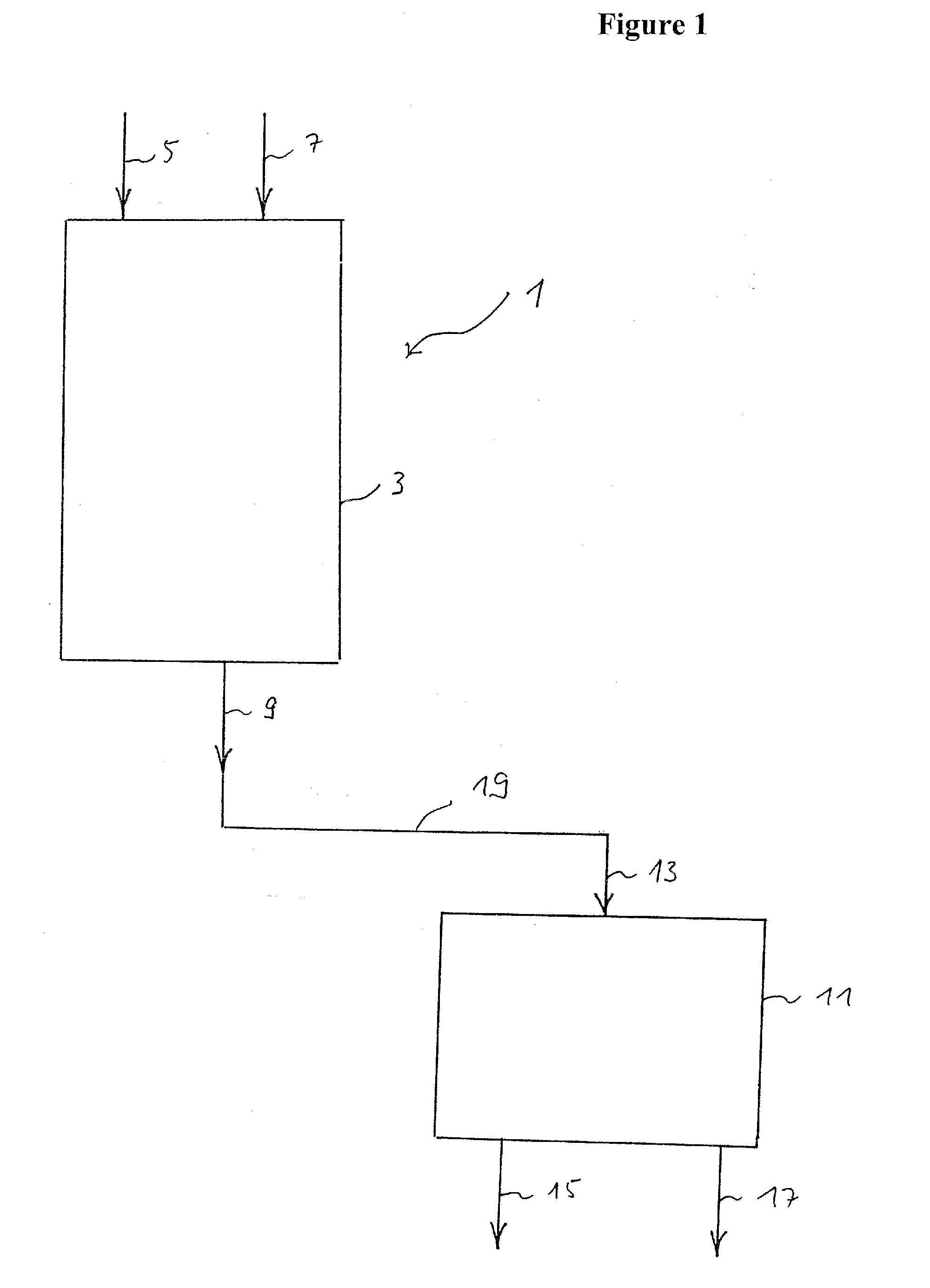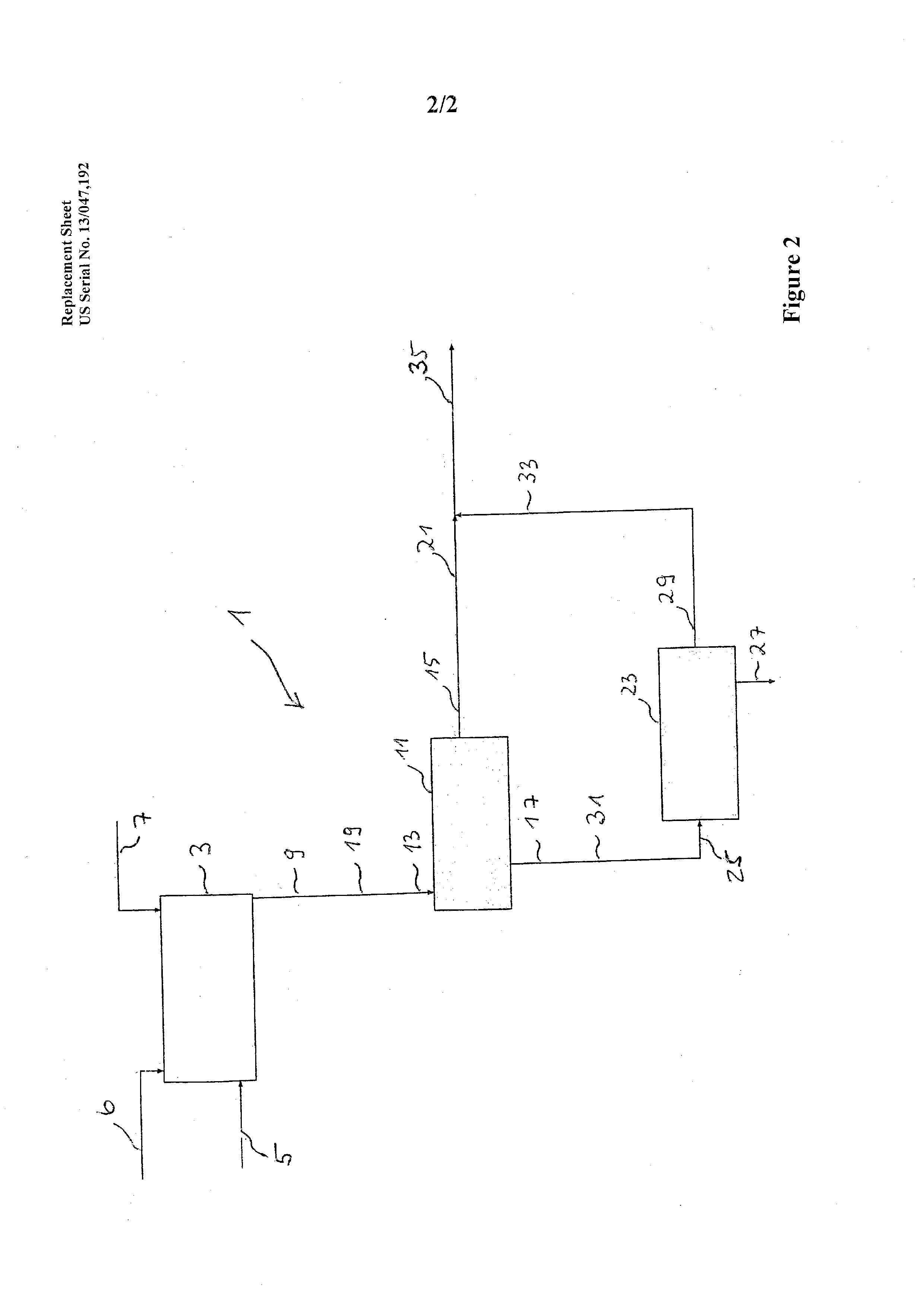Process for reducing the lime consumption in sugar beet juice purification
a technology of extract and purification process, which is applied in the field of improving the process of extract purification of sugar beet raw juice, can solve the problems of large amount of lime required in the process, unable to achieve a relatively small purification effect, and can only consume about 2.5% of the total weight of processed sugar, etc., to achieve low contamination, reduce the content of phosphate, and improve the effect of purification
- Summary
- Abstract
- Description
- Claims
- Application Information
AI Technical Summary
Benefits of technology
Problems solved by technology
Method used
Image
Examples
example
The following Example is provided only for the purpose of illustrating the invention. It should not be deemed as limiting the invention in any manner.
Juice Purification with the Removal of Preliming Coagulate
Preliming
30 kg of raw juice are introduced into a heated vessel which has a volume of 50 l and has a stirrer, a CO2 introduction tube and a pH electrode, and heated to 55° C. Over a period of 20 min, milk of lime is added stepwise to the raw juice up to the pH of the optimal flocculation point of the preliming (approx. 0.1 to 0.3 g of CaO / 100 ml of juice). To increase the settling rate, a polyanionic flocculating assistant (AN 945) is subsequently added. The clear supernatant formed (clear juice) is drawn off in a stock vessel. The carbonated juice concentrate formed is discharged and sent to a membrane filter press or decanter centrifuge.
Main Liming
25 kg of clear juice are introduced into the cleaned, heatable vessel and admixed with milk of lime in an amount of 0.6 g of CaO / 10...
PUM
| Property | Measurement | Unit |
|---|---|---|
| temperature | aaaaa | aaaaa |
| temperature | aaaaa | aaaaa |
| temperature | aaaaa | aaaaa |
Abstract
Description
Claims
Application Information
 Login to View More
Login to View More - R&D
- Intellectual Property
- Life Sciences
- Materials
- Tech Scout
- Unparalleled Data Quality
- Higher Quality Content
- 60% Fewer Hallucinations
Browse by: Latest US Patents, China's latest patents, Technical Efficacy Thesaurus, Application Domain, Technology Topic, Popular Technical Reports.
© 2025 PatSnap. All rights reserved.Legal|Privacy policy|Modern Slavery Act Transparency Statement|Sitemap|About US| Contact US: help@patsnap.com



